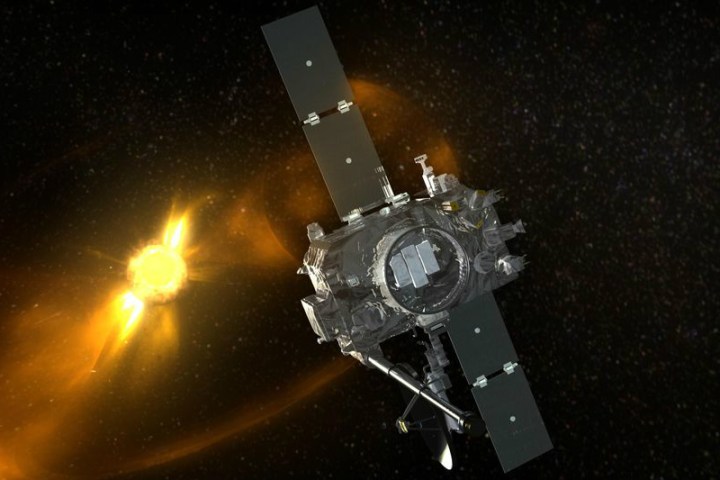
Such an incident could potentially mean years of work lost, and that not only relates to the blood, sweat and tears expended keeping the spacecraft in operation far from Earth, but also the massive amount of preparation needed to get the thing off the ground in the first place.
In October 2014, the situation looked serious for NASA engineers working on the Solar and Terrestrial Relations Observatory (STEREO) mission when they lost touch with one of two sun-studying spacecraft eight years after launch.
The breakdown occurred while NASA was testing a set of important procedures designed to keep the satellites operating throughout an upcoming four-month communications blackout caused by interference from the sun. But while STEREO-A had no issues with the same procedures, contact with STEREO-B was lost.
Of course, in a situation like this, the team doesn’t simply down tools and move onto the next project. Instead, it tirelessly explores every possibility in the hope of reestablishing contact with the lost spacecraft. And incredibly, on Sunday, the STEREO team had a major breakthrough.

After almost 22 months of radio silence, engineers were able to make contact once again with the lost satellite from a whopping 189-million miles away. In other words, the sun is pretty much halfway between us and the satellite, as shown in the image above.
The work to get back in touch with the satellite was aided in part by some of the largest radio telescopes in the world, including the Green Bank Radio Telescope in West Virginia, the Allen Telescope Array in California, and the Arecibo Observatory in Puerto Rico. Ultimately it was NASA’s Deep Space Network (DSN), which tracks and communicates with missions throughout space, that managed to lock onto STEREO-B’s signal.
Despite the excellent news, the team now has to run checks to ensure STEREO-B is still in full working order and able to continue with its research, capturing stereoscopic images of parts of the sun unseen from Earth and studying space weather.
Having come this far, the mission operators will be dearly hoping STEREO-B is just fine after its 22-month silent journey around the sun.


